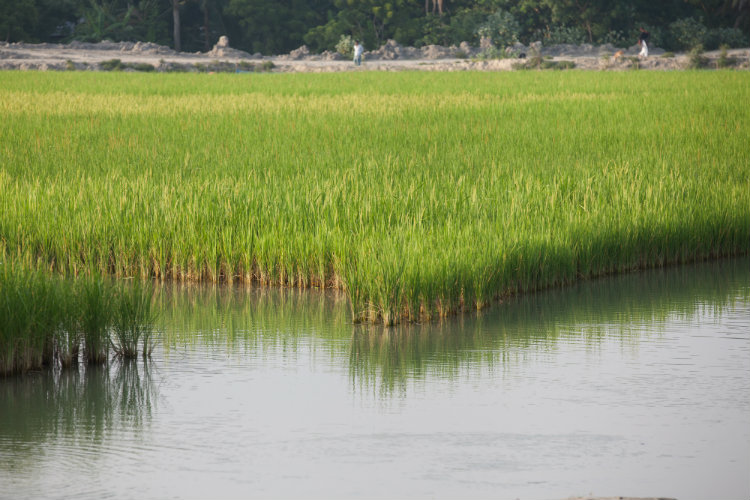The tech fix that won’t secure food supplies
- Author(s): Anita Makri
- Date of the news : 31st December, 2018

These count as serious risks. But so does the prospect of having a poor harvest. And minimizing that immediate risk is part of technology’s appeal: season after season, farmers need to make sure their crops will grow, and governments are eager to have a steady supply of food.
The problem is that technologies which promise greater efficiency and boost production trade off short-term, ‘band-aid’ solutions against resilience over the longer-term, says Gyorgy Scrinis, a senior lecturer at the University of Melbourne and academic writing resident at Bellagio. But there are alternatives, such as agro-ecology, that do offer that resilience. “Technologies are never neutral – they really tend to support particular types of agricultural and technological systems,” he says.
Another trade-off, according to Scrinis, is that technologies often come with strings attached. Farmers can get “locked in” to obligations and contracts, which mean losing control over how they work their land. This can happen with reliance on a narrow range of seeds, for example, or on methods such as precision farming where seeds, water, fertilizers and pesticides are all managed through computerized systems – giving farmers precise control over their farm, but surrendering control and data to companies that provide these systems.
“Typically, farmers become indebted to agribusinesses when they take inputs on credit but their harvest gets wiped out by disease, climate shocks and other insecurities,” explains Anastasia Mbatia, Agriculture Technical Manage at the NGO Farm Africa.
Scrinis says there is some change in the food system, but it’s slow. “We’re heading in both directions ‒ still going down that one path of producing big mega crops, but also diversification is happening on the farm.”
Zulfiqar Bhutta, a paediatrician based in Canada and Pakistan, sees similar signs of a gradual move towards so-called ‘nutrition-sensitive agriculture’ that aims to better align agricultural production with people’s nutritional needs.
Staying resilient
How can farmers keep experimenting to deal with the uncertainty of climate change, without resorting to technology that undermines autonomy?
There’s no easy answer. And farm size matters – a small – holder growing quinoa in Bolivia is very different from one growing the crop for export. But Scrinis believes that, over time, smallholders will play an important role in creating more resilient farming systems. “[They] still produce by some estimates over half of the food and the nutrition that we actually consume.”
Agricultural systems that integrate livestock and multi-crop farming can help build resilience, according to Rikin Gandhi, executive director of Digital Green. Diversity is important ‒ even among farms of a certain size, environmental conditions and agricultural practices will vary. “No institution is going to be able to figure out the perfect ‘package of practices’ for an individual farmer,” he said during a SciDev.Net debate on food security earlier this week.
Gandhi believes that to counter the potential downsides of new tech, development organizations need to “really start with the farmers themselves, to empower them with the know-how and data to make their own informed choices,” so that technology is an enabler, not something that locks them in.
- Source Website: https://www.dhakatribune.com/tribune-supplements/tribune-climate/2018/12/01/the-tech-fix-that-won-t-secure-food-supplies

